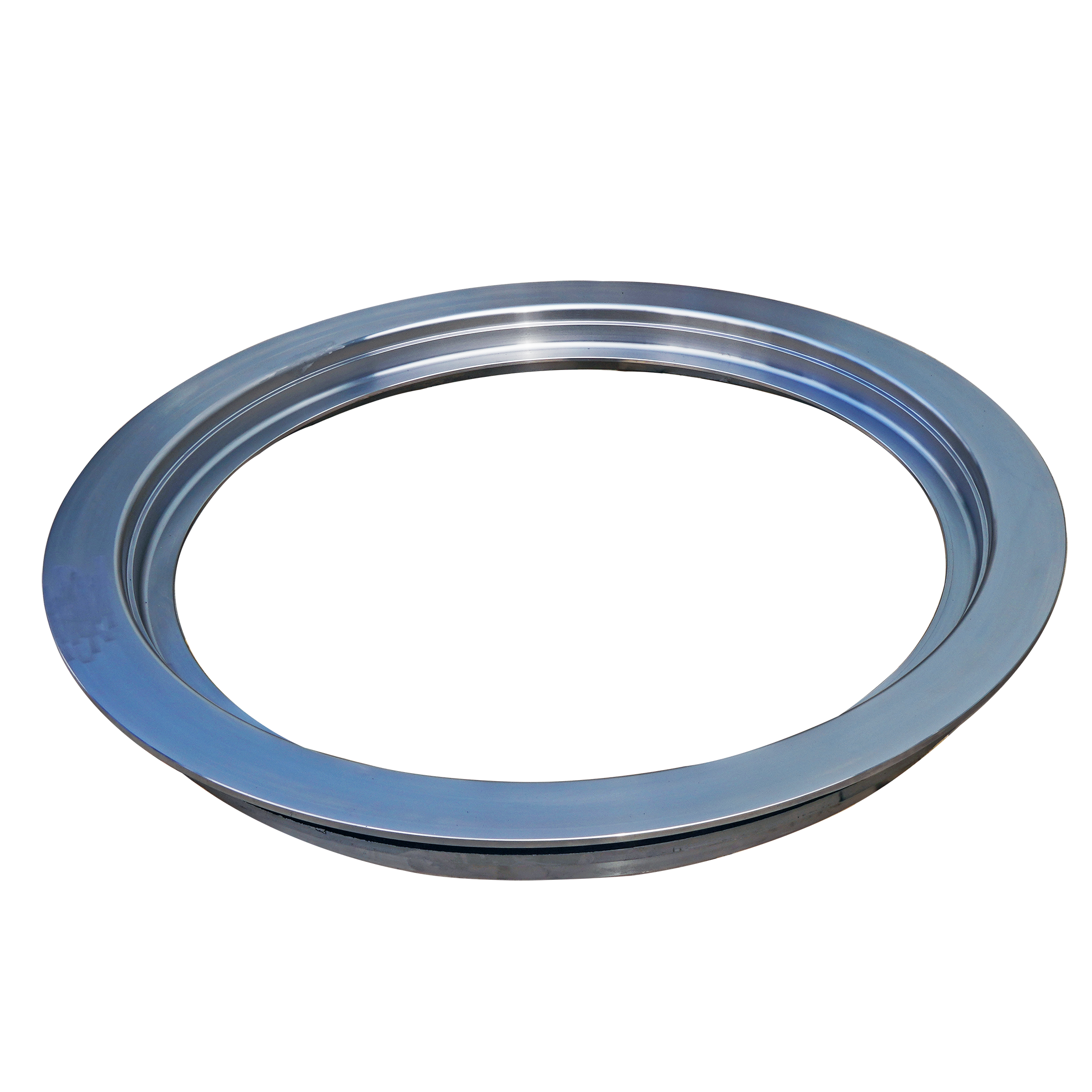- Afrikaans
- Albanian
- Amharic
- Arabic
- Armenian
- Azerbaijani
- Basque
- Belarusian
- Bengali
- Bosnian
- Bulgarian
- Catalan
- Cebuano
- China
- China (Taiwan)
- Corsican
- Croatian
- Czech
- Danish
- Dutch
- English
- Esperanto
- Estonian
- Finnish
- French
- Frisian
- Galician
- Georgian
- German
- Greek
- Gujarati
- Haitian Creole
- hausa
- hawaiian
- Hebrew
- Hindi
- Miao
- Hungarian
- Icelandic
- igbo
- Indonesian
- irish
- Italian
- Japanese
- Javanese
- Kannada
- kazakh
- Khmer
- Rwandese
- Korean
- Kurdish
- Kyrgyz
- Lao
- Latin
- Latvian
- Lithuanian
- Luxembourgish
- Macedonian
- Malgashi
- Malay
- Malayalam
- Maltese
- Maori
- Marathi
- Mongolian
- Myanmar
- Nepali
- Norwegian
- Norwegian
- Occitan
- Pashto
- Persian
- Polish
- Portuguese
- Punjabi
- Romanian
- Russian
- Samoan
- Scottish Gaelic
- Serbian
- Sesotho
- Shona
- Sindhi
- Sinhala
- Slovak
- Slovenian
- Somali
- Spanish
- Sundanese
- Swahili
- Swedish
- Tagalog
- Tajik
- Tamil
- Tatar
- Telugu
- Thai
- Turkish
- Turkmen
- Ukrainian
- Urdu
- Uighur
- Uzbek
- Vietnamese
- Welsh
- Bantu
- Yiddish
- Yoruba
- Zulu
febr . 13, 2025 10:47 Back to list
passes in heat exchanger
Heat exchangers play an essential role in numerous industrial applications, from chemical processing to power generation and HVAC systems. An important aspect of optimizing a heat exchanger's performance is understanding the concept of passes. This term refers to how the fluid flows through the system, directly impacting the exchanger’s efficiency and effectiveness.
However, one must consider the pressure drop — the loss of pressure as a fluid moves through the exchanger — a characteristic that can differ significantly between single-pass and multi-pass designs. As the number of passes increases, so does the pressure drop, which can lead to increased energy consumption for pumping systems. Therefore, the choice between single-pass and multi-pass requires a balance between achieving desired thermal performance and managing energy costs. Industry expertise demands a thorough analysis of each application’s specific needs. For example, while a multi-pass design might offer superior heat transfer in theory, the associated increased pressure drop could negate these gains in systems where energy efficiency is a primary concern. Therefore, engineers must incorporate a holistic assessment, considering factors such as flow rates, fluid properties, desired temperature changes, and spatial constraints. Real-world experience further emphasizes the importance of simulation and testing in the design phase. Utilization of advanced computational fluid dynamics (CFD) tools allows for precise modeling of fluid behavior and heat transfer characteristics within proposed exchanger designs. These tools provide valuable insights into the expected performance of both single-pass and multi-pass configurations before physical implementation, saving time and resources. In conclusion, considering the passes in a heat exchanger is not merely a design choice but a strategic decision that requires careful balance of system requirements and operational constraints. A comprehensive understanding and expertise in heat exchanger dynamics empower industries to optimize performance, ensure reliability, and maintain energy efficiency, thereby underpinning a company’s authority and trustworthiness in delivering quality thermal management solutions.


However, one must consider the pressure drop — the loss of pressure as a fluid moves through the exchanger — a characteristic that can differ significantly between single-pass and multi-pass designs. As the number of passes increases, so does the pressure drop, which can lead to increased energy consumption for pumping systems. Therefore, the choice between single-pass and multi-pass requires a balance between achieving desired thermal performance and managing energy costs. Industry expertise demands a thorough analysis of each application’s specific needs. For example, while a multi-pass design might offer superior heat transfer in theory, the associated increased pressure drop could negate these gains in systems where energy efficiency is a primary concern. Therefore, engineers must incorporate a holistic assessment, considering factors such as flow rates, fluid properties, desired temperature changes, and spatial constraints. Real-world experience further emphasizes the importance of simulation and testing in the design phase. Utilization of advanced computational fluid dynamics (CFD) tools allows for precise modeling of fluid behavior and heat transfer characteristics within proposed exchanger designs. These tools provide valuable insights into the expected performance of both single-pass and multi-pass configurations before physical implementation, saving time and resources. In conclusion, considering the passes in a heat exchanger is not merely a design choice but a strategic decision that requires careful balance of system requirements and operational constraints. A comprehensive understanding and expertise in heat exchanger dynamics empower industries to optimize performance, ensure reliability, and maintain energy efficiency, thereby underpinning a company’s authority and trustworthiness in delivering quality thermal management solutions.
Share
Pervious:
Next:
Latest news
-
8mm Thin-Walled Cast Steel Manhole Cover Pallet Bottom Ring | Durable
NewsAug.04,2025
-
Premium Cast Iron Water Main Pipe: Durable, Corrosion-Resistant
NewsAug.03,2025
-
Durable Cast Iron Water Mains | AI-Optimized Systems
NewsAug.02,2025
-
High-Efficiency Propane Boiler for Baseboard Heat | Save Energy
NewsAug.01,2025
-
Premium Source Suppliers for Various Gray Iron Castings
NewsJul.31,2025
-
Durable Cast Iron Water Main Pipes | Long-Lasting
NewsJul.31,2025


